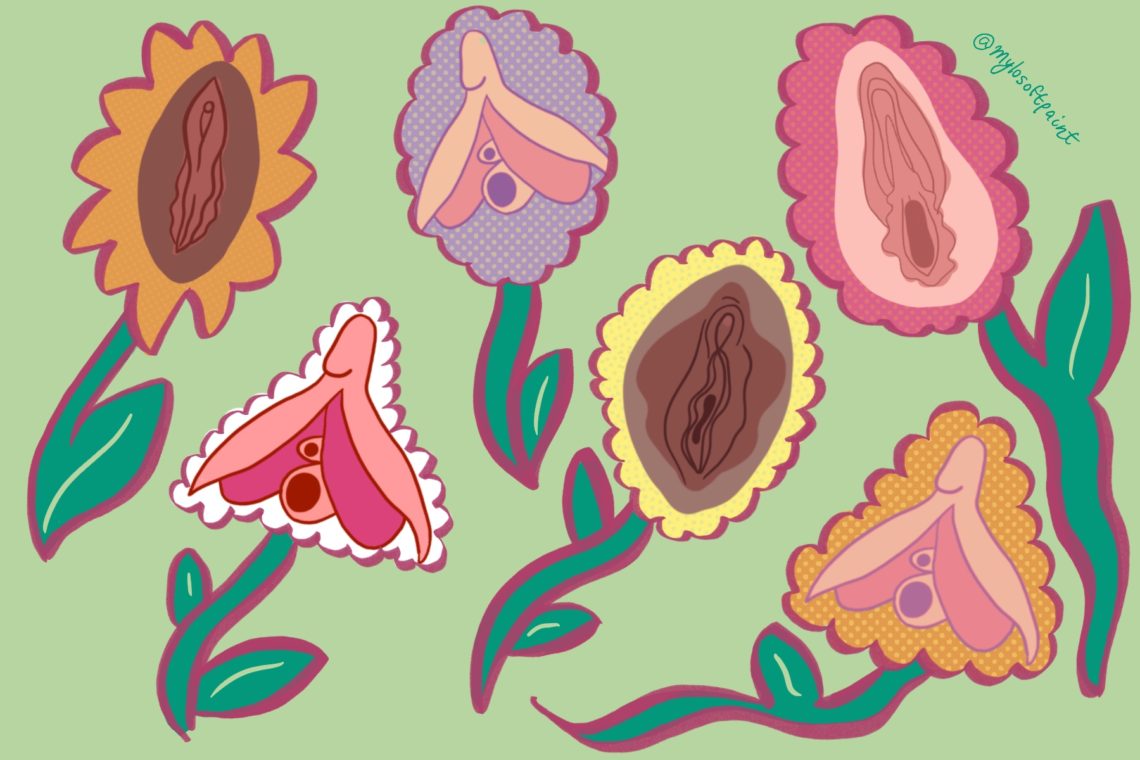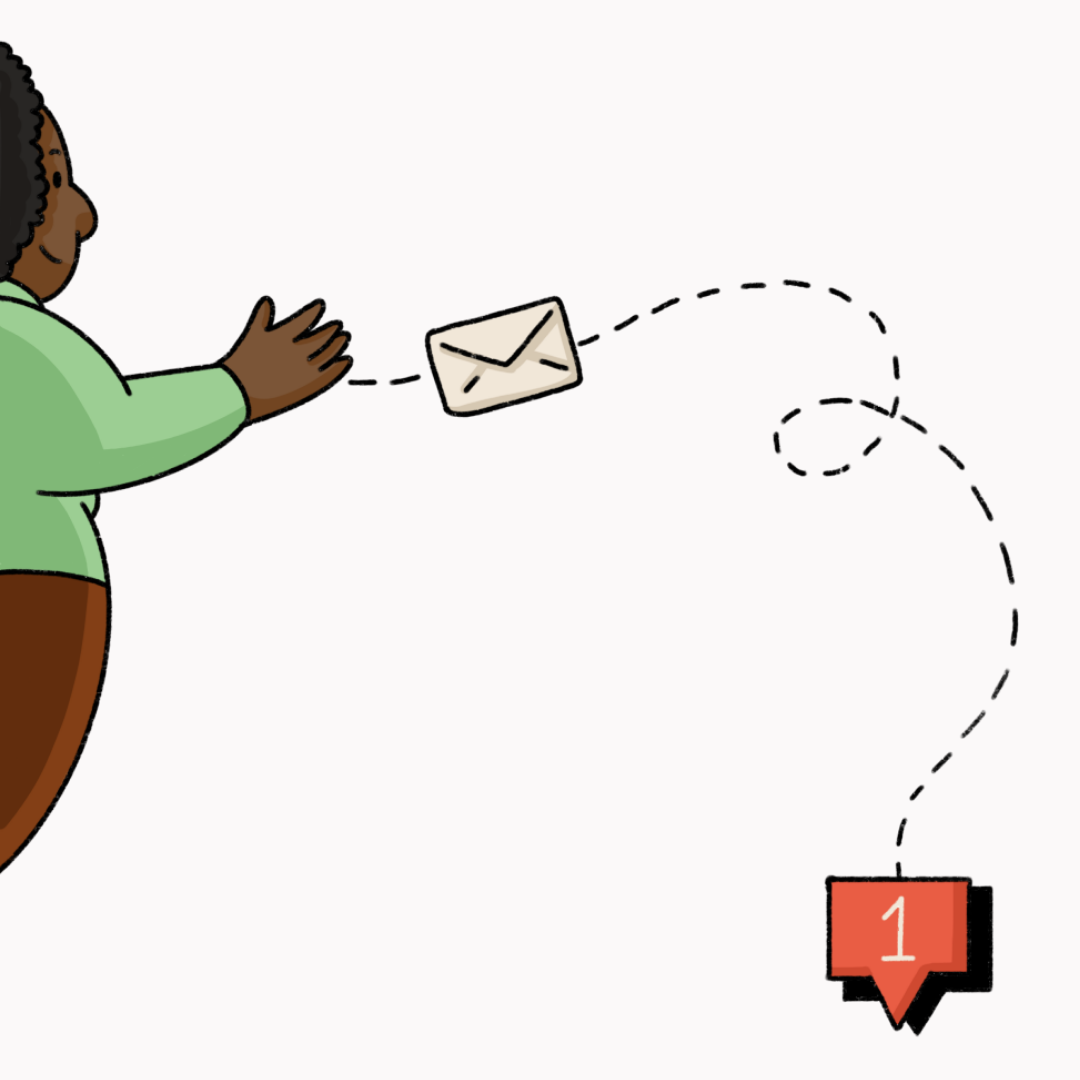Written by: Kathryn Kalinowski (she/her).
Edited by: Camille Zeitouni (she/her).
The clitoris has a murky history with scholars. Its role in providing sexual pleasure has rendered it unspeakable, yet intriguing. The organ has had a non-linear journey in medicine, going through countless cycles of discovery, suppression, and re-discovery. This has led to a comical range of scholars who have been credited with discovering the clitoris, from Hippocrates before the Common Era, Ibn Sina of the tenth century to Falloppio of the sixteenth century. Its importance (and at times its existence) was debated for centuries. The clitoris has been frequently omitted, misrepresented, or couched in euphemism in medical education and research. Now we have a clear idea of the function and anatomical structure of the clitoris, yet anatomy education still often fails to provide accurate and unbiased information on the organ.
What is the clitoris and what does it do?
The clitoris is grouped among the organs of the reproductive system, but it serves no reproductive purpose. It is found above the opening of the urethra between the labia minora and is covered by the clitoral hood, a triangular sheath of tissue. Throughout most of history, the clitoris was thought to be a small pea-shaped organ. However, in 2005 the anatomical structure of the clitoris was comprehensively mapped and was found to include both the external glans and body, as well as two pairs of crura and vestibular bulbs that extend from the glans and run internally along both sides of the vaginal opening (1). Instead of a pea, the clitoris is shaped more like a wishbone. The clitoris is credited with two main functions: pleasure and orgasm. In fact, most people who possess a clitoris require its stimulation for orgasm (2).
What’s the problem with education on the clitoris in current times?
While most medical students and professional anatomists recognize the importance of gender issues in medicine, many are unaware of the potential for sexism and bias within anatomy (3, 4). Anatomy education often remains unscrutinised by intersectional analysis because of the incorrect assumption that it consists of objective biological facts. Three major issues with anatomy education on the clitoris are that:
1. The clitoris is often described in relation to the penis (4, 5). Of the educational resources I have used during my undergraduate studies, all of the texts noted that the clitoris was homologous to the penis. However, none of these texts noted the reverse that the penis was homologous to the clitoris. The comparative language gives the impression that the penis is the default while the clitoris is “other” and presumes the reader would have greater familiarity with the penis than the clitoris.
2. The clitoris is rarely depicted in an accurate way (5). Descriptions of the clitoris, vulva, and vagina in medical texts are often simplistic compared to the penis. Multiple studies have found that the clitoris was primarily either unrepresented or unclear and unlabelled in anatomy education resources (5). The clitoris is most often depicted from an external view, focusing on the glans while neglecting the crura and vestibular bulbs. The average Canadian student will likely not encounter a diagram with an accurately drawn, clearly labelled clitoris until post-secondary studies (if at all). At the primary and secondary level of school, few provinces list the clitoris in the curriculum for naming genitalia and only Quebec discusses sexual pleasure (6).
3. Anatomy texts acknowledge the complexity of sexual response for people with clitorises, but don’t properly explain it (5). Historically, the clitoris and its sexual and reproductive processes have been constructed as cryptic and overly complex to study, enabling research gaps in its understanding (7). Anatomy textbooks include detailed diagrams of the structures of the penis, with important sites of engorgement, such as the corpus cavernosum and the corpus spongiosum, carefully drawn and labelled (5). In contrast, anatomy illustrations tend to offer “only [a] bit of a nub as a sufficient representation of the clitoris” (5). In one text for anatomy course I used in my undergraduate studies, the sexual response of the penis was allotted an entire page and titled in an informative way: “The sexual response of the penis includes erection and ejaculation”. It discussed the physiological and biochemical mechanisms of both phases in-depth. It even noted the speed in which semen leaves the urethra upon ejaculation. In contrast, the sexual response section for the clitoris was titled to compare it to the penis: “the sexual response of [the clitoris] is more diverse and complex than that of [the penis]”. The section took up only a quarter of a page. It discussed multiple events in the sexual response of the clitoris and vagina (increased blood flow to the clitoris, vaginal mucosa and vestibular bulbs, vaginal lubrication, and nipples hardening) in three sentences without explanations of their physiology, grouping all of them as “analogous to the erection phase in [the penis]”. If the anatomy of the clitoris is perceived to be harder to understand than the penis, should it not merit more explanation rather than less?
What can healthcare professionals do?
Healthcare professionals can get involved in raising awareness about the clitoris by:
- Advocating for education reform: assess anatomy curriculum and include classes on the history of anatomy with an intersectional lens (8),
- Influencing public awareness: supply the public with factual information about the clitoris and counter disinformation and biased depictions of the organ through means such as social media engagement, letters to the editor, and journal articles (8),
- Organizing community support: join or form national, provincial or local coalitions to support comprehensive sexuality education at all levels of education and involve diverse groups of people, including students, clinicians, researchers, and community members (8).
The Guttmacher-Lancet Commission, an international organization for the promotion of sexual and reproductive health and rights, stated that it is a human right to impart and receive comprehensive sexuality education (9). Currently, education on the clitoris is in a poor state. From the kindergarten to grade 12 level of education (and even beyond), the clitoris and its role in sexual pleasure may be entirely absent in sexuality curriculum. When the clitoris is included in anatomy education, it is often inaccurate, unclear or taught only in relation to the penis. Information on the role the clitoris plays in sexual pleasure is often excluded in favour of a clinical curriculum based on pathology. There are several strategies that can be used to combat these issues, including advocating for sexuality education reform, raising public awareness and gathering community support. We all deserve to know and understand our own bodies, and the clitoris is no exception.
References:
1. O’Connell, HE, Sanjeevan, KV, Hutson, JM. Anatomy of the clitoris. The J Urol, 2005;174(4), 1189–95.
2. Herbenick, D, Fu, TC, Arter, J, Sanders, SA, Dodge, B. Women’s experiences with genital touching, sexual pleasure, and orgasm: results from a U.S. probability sample of women ages 18 to 94. J Sex Marital Ther. 2018;44(2):201–12.
3. Morgan, S, Plaisant, O, Lignier, B, Moxham, BJ. Medical students and professional anatomists do not perceive gender bias within imagery featuring anatomy: sexism and anatomical imagery. Clin Anat. 2017;30(6), 711–32.
4. Morgan, S, Plaisant, O, Lignier, B, Moxham, BJ. Sexism and anatomy, as discerned in textbooks and as perceived by medical students at Cardiff University and University of Paris Descartes. J Anat. 2014;224(3), 352–65.
5. Parker, R. The representation and production of visual gender bias in anatomy images and its effects on student attitudes. University of Wollongong Thesis Collection, 2016;1-356.
6. Gillard, J. Clitoris, clitoris, clitoris: it’s not a dirty word and I think kids should know what it is. CBC [Internet]. 2020 Jan 7 [cited 2021 July 31]. Available from: https://www.cbc.ca/parents/learning/view/finding-the-clitoris-a-conversation
7. Orr, TJ, Hayssen, J. The female snark is still a boojum: looking toward the future of studying female reproductive biology. Integr Comp Bio. 2020;60(3), 782–95.
8. Protecting teen health: comprehensive sexuality education and condom availability programs in public schools. ACLU [Internet]. Available from: https://www.aclu.org/other/protecting-teen-health-comprehensive-sexuality-education-and-condom-availability-programs
9. Starrs, AM, Ezeh, AC, Barker, G, Basu, A, Bertrand, JT, Blum, R et al. Accelerate progress—sexual and reproductive health and rights for all: report of the Guttmacher–Lancet Commission. Lancet. 2018;391(10140):2642–92.



